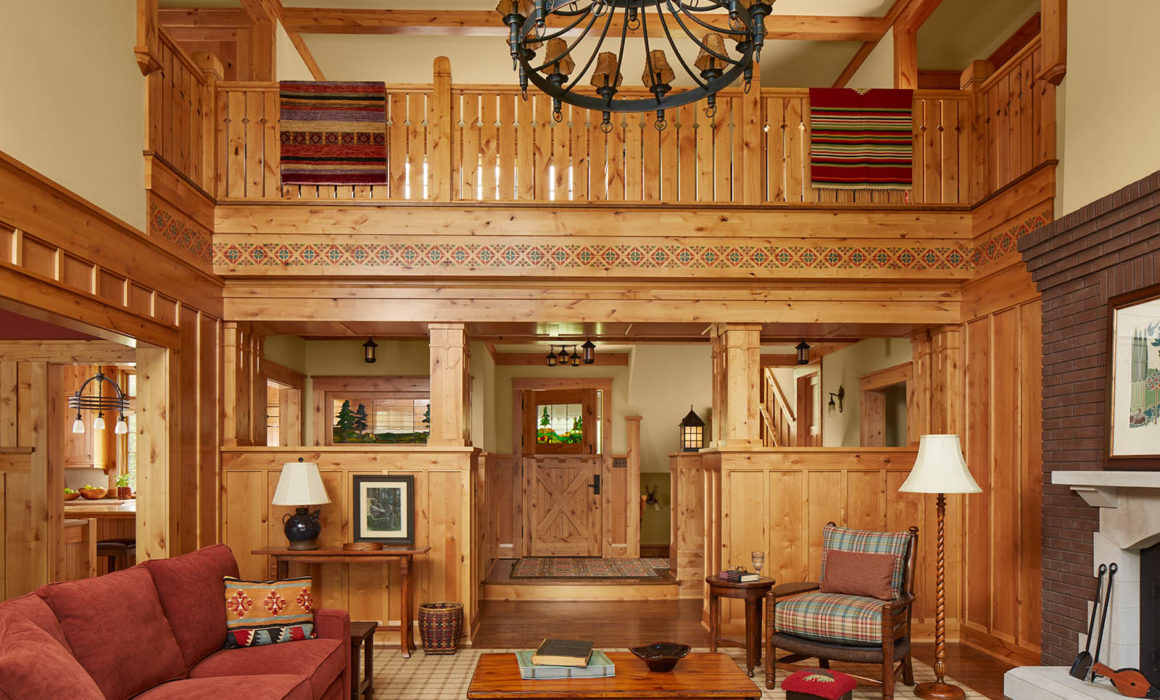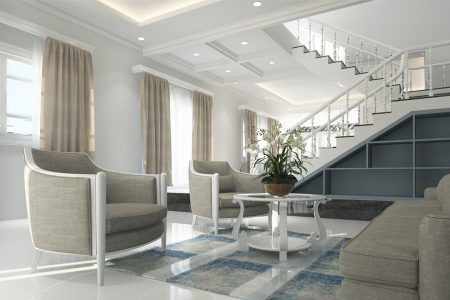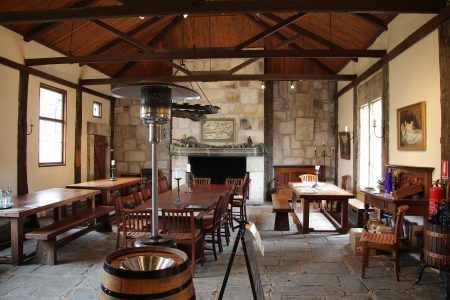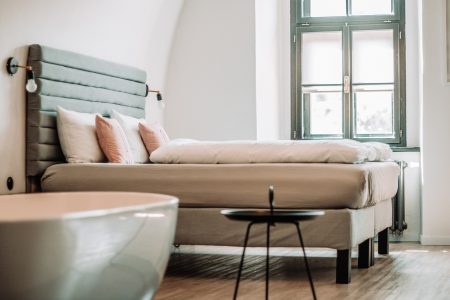First, I’d like to point out that using the same wood tone across a place might make everything look flat. Instead, opt for a layered, lived-in effect with contrasting wood tones. It is becoming more trendy to mix and match wood tones but keep in mind that you cannot just throw any wood piece in a room, you shall decorate it in a clean manner and this guide will help you in doing so…

Begin With…
Find your primary wood-tone first. The floors are normally the largest piece of wood furniture or the wall cabinet (especially if a rug covers much of the hardwood floors). After that, add some contrast. Contrast is acceptable! It’s something you’re aiming for. The use of light and dark wood will appear to be deliberate. Choose a light, medium, and dark tone for a simple recipe.
Undertones
The majority of the wood is warm. Walnut is adaptable due to its neutral undertone, which can swing depending on the stain and the woods it’s paired with. Stick with warm woods if your dominant wood tone is warm. If your main piece has a chilly tone, go with it and look for pieces with gray undertones. After then, you’ll need to match the undertones. There’s no need to lug around a swatch of wood. You can easily find some wood charts on the internet to help you with your research.
If light wood tones are your thing, you can get away with it. This provides a lovely and relaxing effect. However, when the gap between your values is tiny, it will be more difficult to avoid clashing wood tones.
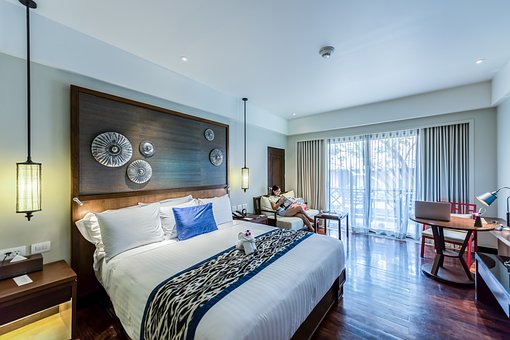
Repetition
Repetition is a big part of what makes a space seem unified. Each tone in the space should be represented at least twice when blending wood tones. A-frame bowl might be used as a starting point when combining wood tones. The wood tones in the space should be balanced. Avoid “clustering” all of the wood tones in one location; you will feel as if you are in a gallery at the end of the day.
Grainy
Small wood grains make a room feel formal and polished, whereas large wood grains appear rustic and relaxed. Feel free to mix and match (like you would when pairing modern and traditional artifacts). Maybe you’re trying for a laid-back atmosphere with the huge wood grain. And here’s a tip: If you’re having trouble tying the wood tones together, look for woods with comparable textures; for this, you will need the chart again!

A Rug…
The rug doesn’t have to match the wood tones; it will help break the wood elements and make a difference. Introducing contrast here, such as a chilly rug beneath warm woods, may help bring your undertones into focus, demonstrating how all of your wood pieces “fit together.”
Because wood’s warmth is becoming very trendy right now, there are now more wood tones, cabinets, and accessories to pick from than ever before. Pull back if you ever feel things have grown “out of hand” – too many wood tones, too many finishes. Replace one or two pieces. Try sanding down a few different wood pieces and staining them all the same color. Introduce some contrast (I adore black, even if it’s stained black!). Look for the dominating wood tone and, if necessary.
It is easy to mix and match wood tones; I find it quite fun and like a game. Some people find it stressful because they want everything to be perfect (I do not hide that I want to), but I find home décor a peaceful activity, running errands and looking for the best pieces to match my home is epic. Let us know in the comments how your wood decoration project is going…


